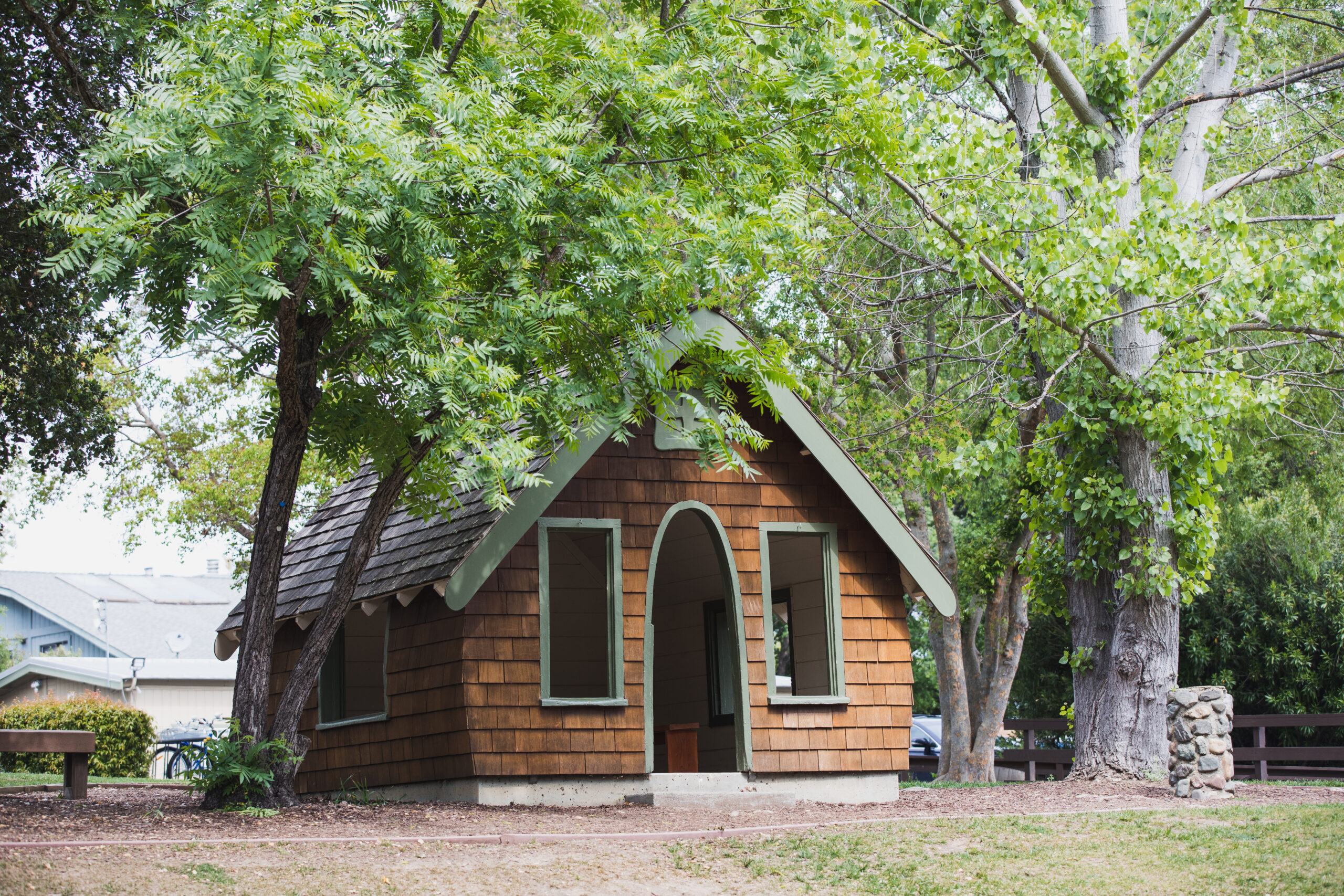These two words underpin Hillbrook’s culture, as we continually strive to be the best school we can possibly be. We are intentional in that we are always analyzing issues methodically and fully, implementing programs expeditiously and thoughtfully, and seeking feedback regularly and transparently. We are innovative in that we are not afraid to ask tough questions, entertain non-traditional solutions, and take calculated risks all in pursuit of better meeting our vision and mission as a school.
Evidence of our approach can be seen in many places around campus. It is in our strategic plan, Vision 2015, a living document that has served as an inspiring road map these past few years to drive meaningful and innovative change. For example, there have been major changes in our program: the adoption of Singapore Math and Reading and Writing Workshop, the integration of more engineering and design into our science curriculum, and the implementation of Responsive Classroom and Developmental Designs to enhance our social emotional learning curriculum. All of these changes emerged directly from Vision 2015and, in particular, from our recently created audit process. We see these audits as a way to ensure that we are always looking carefully at our programs and seeking ways to make them even better. We have also responded to the injunction in Vision 2015 to “be innovative” by implementing the Center for Teaching Excellence (CTE) and the Resident Teacher Program. These efforts are directly improving the experience for our students and creating a collaborative culture that ensures both experienced and early-career teachers are continually asking questions about their practice and are working together to provide the best possible program for each child.
Our approach can also be seen in the embrace of strategic innovation by faculty across our JK-8 program. This year’s Kindergarten team, for example, has adopted a collaborative, co-teaching model that enables increased differentiation and ensures that each child is known, valued, and challenged. And last year’s research study of the iLab—our exploration of how classroom spaces impact student learning—has continued to evolve, leading to the introduction of a prototype Maker’s Space in the iLab this year. Several Middle School classrooms have welcomed the “iLab model,” and are now equipped with furniture and layouts that encourage flexibility and create opportunities to further explore how space can create a more engaging, student-centered experience.
One way we ensure we remain intentional in what we do is to assess our progress as a school through the annual parent survey, administered in early May. The survey offers both grade-level and all-school feedback, allowing us to gain important insight into how parents perceive the Hillbrook experience. Each year, we share the specific feedback with individual members of the faculty and staff, and also use the general results to understand broader trends and themes. These themes prove invaluable as we establish goals for the year ahead.
This past Tuesday, I shared the general themes from our survey at the HSPC meeting and then talked about how these themes help lay the foundation for our goals in the year ahead. Overall, survey responses suggested that parents believe the school is meeting its mission and parents remain very positive about the school experience. Recommendations for growth emerged in several key areas, including better communication of our audit results and how they inform program improvement; examining our social emotional learning program and seeking additional ways to equip our students with the tools they need to handle the complex social dynamics of elementary school; ensuring technology is implemented effectively and in meaningful ways; and better communication of how we are pursuing our objective to help each child reach their highest individual potential.
Head of Middle School Joe Connolly, Head of Lower School Stephanie Deitz, and I then shared our broad goals for the school in the year ahead. Some of the focus areas we mentioned were directly connected to the recommendations that emerged from the survey, including this year’s audit of individualized learning; working to proactively equip students, teachers, and parents with the skills and knowledge they need to manage the complex social world of elementary school; and creating structures, such as instructional coaches and dedicated meeting times, to support our faculty’s efforts to build and sustain their expertise in recently implemented programs. I also mentioned that we have hired a part-time counselor (to read more about her, see the last article in this letter) and invited in well-known expert on social dynamics, Sheri Glucoft Wong, to work with teachers and parents on Wednesday, October 23.
Our faculty and staff are driven by our vision—inspiring students to achieve their dreams and reach beyond themselves to make a difference in the world—and remain focused each day on providing an extraordinary educational program that provides students with the knowledge, skills, and confidence to reach their highest individual potential in school and in life. This continual commitment to being our best and finding the balance between being intentional and innovative are a part of what makes this an exciting moment to be a part of this exceptional community.
